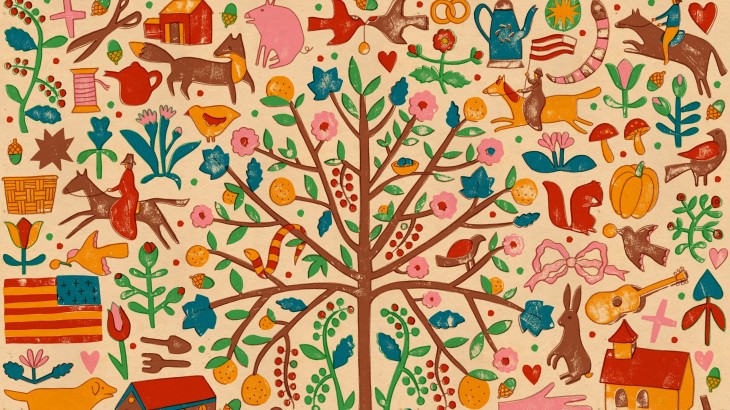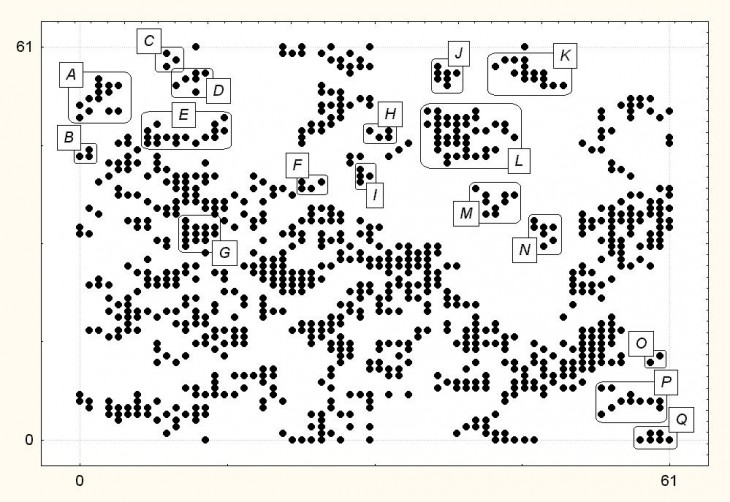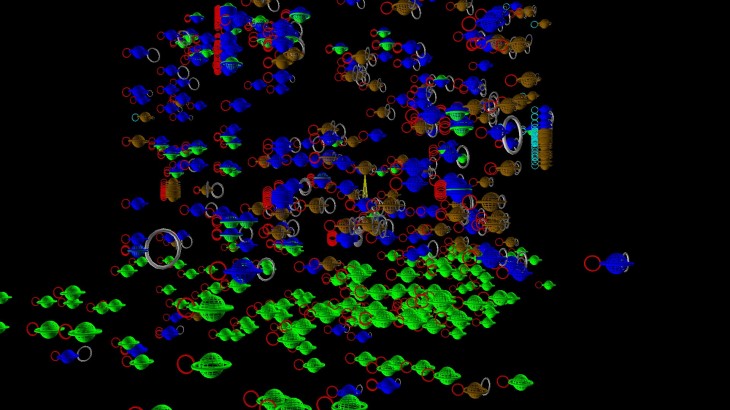
Picture source: http://freehdwalls.net/tree-drawing-art-hd-wallpaper/
From the first chapter of the book Toyo Ito tried to make a conclusion of how architecture can be learnt from nature – in this case from a tree. How the tree gives more lessons or principles to us as architect to designing or creating architecture in life nowadays, which is total the opposite of how the principle of modernist architecture is. The main points of the lessons are : architecture must be based on the relativistic relationship with the environment, designs are supposed to be decided with gradual also repeated of various simulations, simple rules are composed by complex order, outer space has to have ambiguity of inside-outside relationship, and the last point and most important is that architecture has to be open to the environment.
In the next chapter along until near the end, mainly he talks about his part (also along with his colleagues from his generation) as architects, as the medium of the fast phase of economy, city, people, and technology. As the “tarzans” in the “media forest”. These way of thinking gives a sense of lost of identity. Lost of the identity, the city an also the people. He also mentions about the construction of one of his work, Sendai Mediatheque, which is built by not a one-to-one relationship of space and functions, but more with unregulated programs, a more general usage assigned together. And in the end it changed through the five years process and gives his architecture into more a realistic strength, and he says about how his architecture being embraced by society.
In the end of the reading he wants us to contemplate about architecture, “for whom is architecture made?”, “why is architecture made?”, and “how is architecture made?”. And for conclusion we should go back to the basic, learning from nature, learning from a tree.
Relationship take a big part of architecture. New-old, inside-outside, open-close, single-plural, detached-connected. It depends on our behavior how to evolve ideas from before to after in a better way.
Nature Called
For my personal research i’m interested to continue what has been brought by Toyo Ito. Economy and all materialistic aspect took a big role in a growth of a country with high new technology for its tool. It is a good aspect to go that way, but in the end all things must be related to the nature purpose. How to design architecture or just ways of life. Going back to what nature has offered in the origin; completion of basic needs, relationship to other, togetherness, unfixed programs, open plan, community-slash-environment oriented, etc. And the main role is taken place by ones behavior. So instead of changing idealism, style, paradigms in creating architecture one should back to the nature of changing behavior. Improve (or even change) our behavior for the sake of “better living”. And to achieve such goal, one (example: us from today’s generation) should learn from nature with new technology as tools. The question is “How?”



